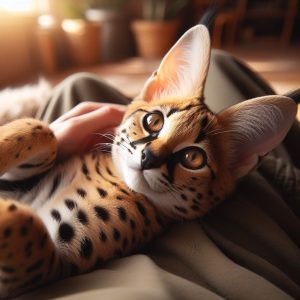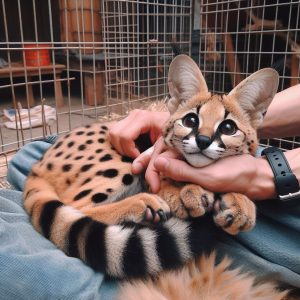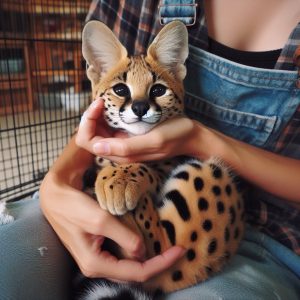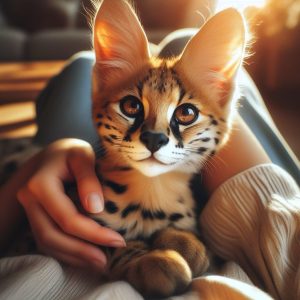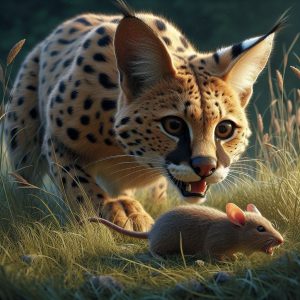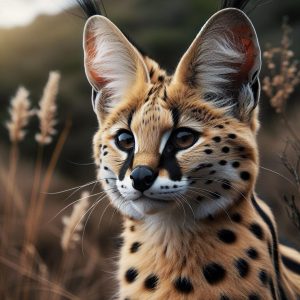Serval cats, known for their striking appearance and wild demeanor, are captivating creatures that have gained popularity as exotic pets. However, when it comes to allergies, there isn’t a straightforward answer regarding serval cats being hypoallergenic. To delve into this topic comprehensively, let’s explore what it means for a cat to be hypoallergenic, the characteristics of serval cats, and how they might affect individuals with allergies.
Firstly, it’s essential to understand what hypoallergenic means in the context of cats. Hypoallergenic refers to animals that are less likely to trigger allergic reactions in humans. This term is often associated with certain cat breeds that produce fewer allergens, such as the Siberian, Balinese, and Russian Blue. These breeds may still produce allergens, but in lower quantities compared to other cats.
Serval cats, on the other hand, are not domesticated breeds like those mentioned above. They are wild animals native to Africa and are not typically kept as household pets. However, some individuals may choose to own servals due to their exotic appeal. When considering whether serval cats are hypoallergenic, several factors need to be taken into account.
One factor is the protein Fel d 1, which is the primary allergen produced by cats. Fel d 1 is found in the saliva, urine, and dander of cats and is the main culprit behind allergic reactions in humans. Since serval cats are felines, they also produce Fel d 1. However, the level of this allergen in servals may vary compared to domestic cat breeds.
Another consideration is the grooming habits of serval cats. Domestic cats spend a significant amount of time grooming themselves, which can spread saliva and dander throughout their fur. This grooming behavior contributes to the distribution of allergens in the environment. While servals also groom themselves, their grooming habits may differ from those of domestic cats due to their wild nature.
Furthermore, the size and structure of a serval’s coat may influence its allergenic properties. Cats with shorter, denser fur may trap more allergens close to their skin, making them more likely to trigger allergic reactions. Servals, with their distinctive spotted coats and longer fur, may have different allergen retention properties compared to domestic cat breeds.
Additionally, individual sensitivities play a significant role in determining whether someone will have an allergic reaction to a serval cat. Some people may be allergic to certain proteins or substances present in a serval’s environment, regardless of the animal’s allergenicity.
In conclusion, the question of whether serval cats are hypoallergenic is complex and multifaceted. While servals share similarities with domestic cats in terms of allergen production, their wild nature and unique characteristics may influence their allergenic properties. Ultimately, individuals with allergies should exercise caution when considering owning a serval cat and consult with allergy specialists to assess the potential risks.

